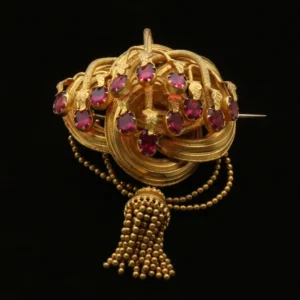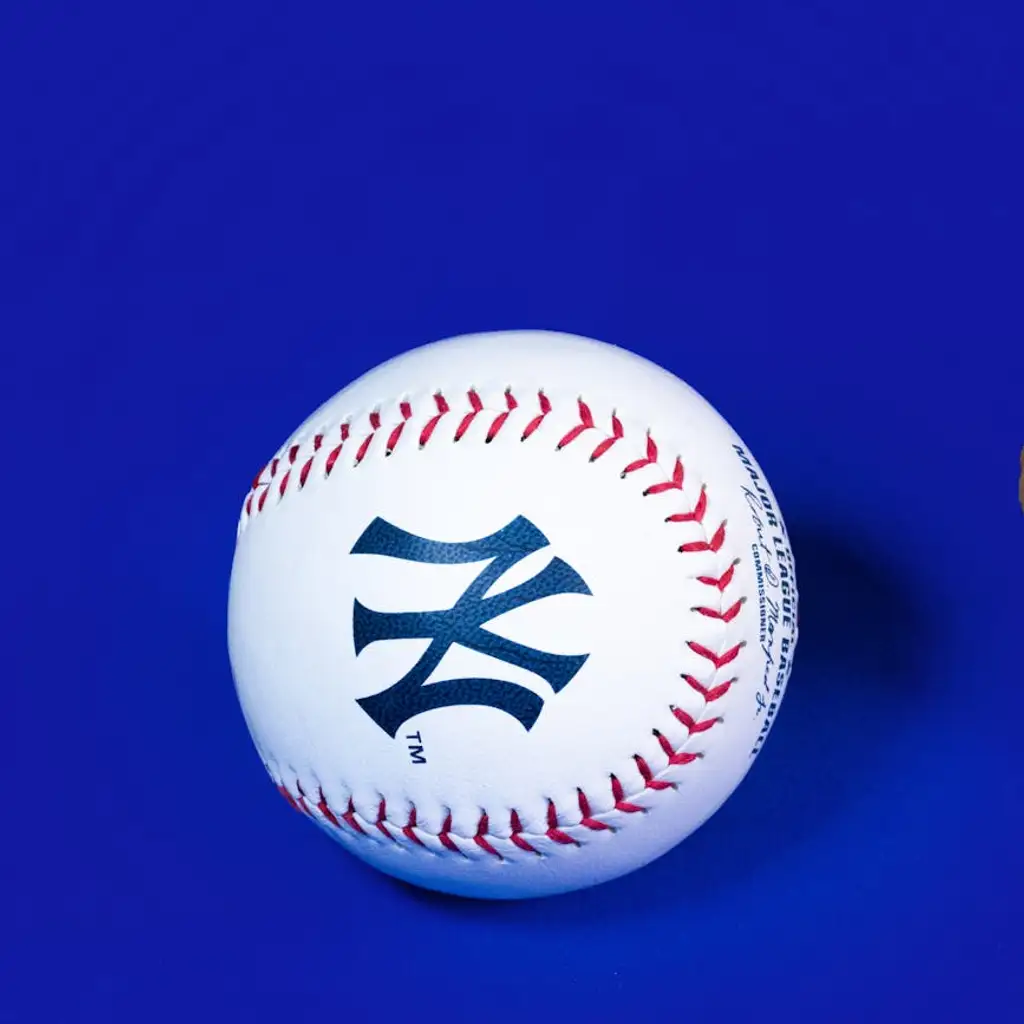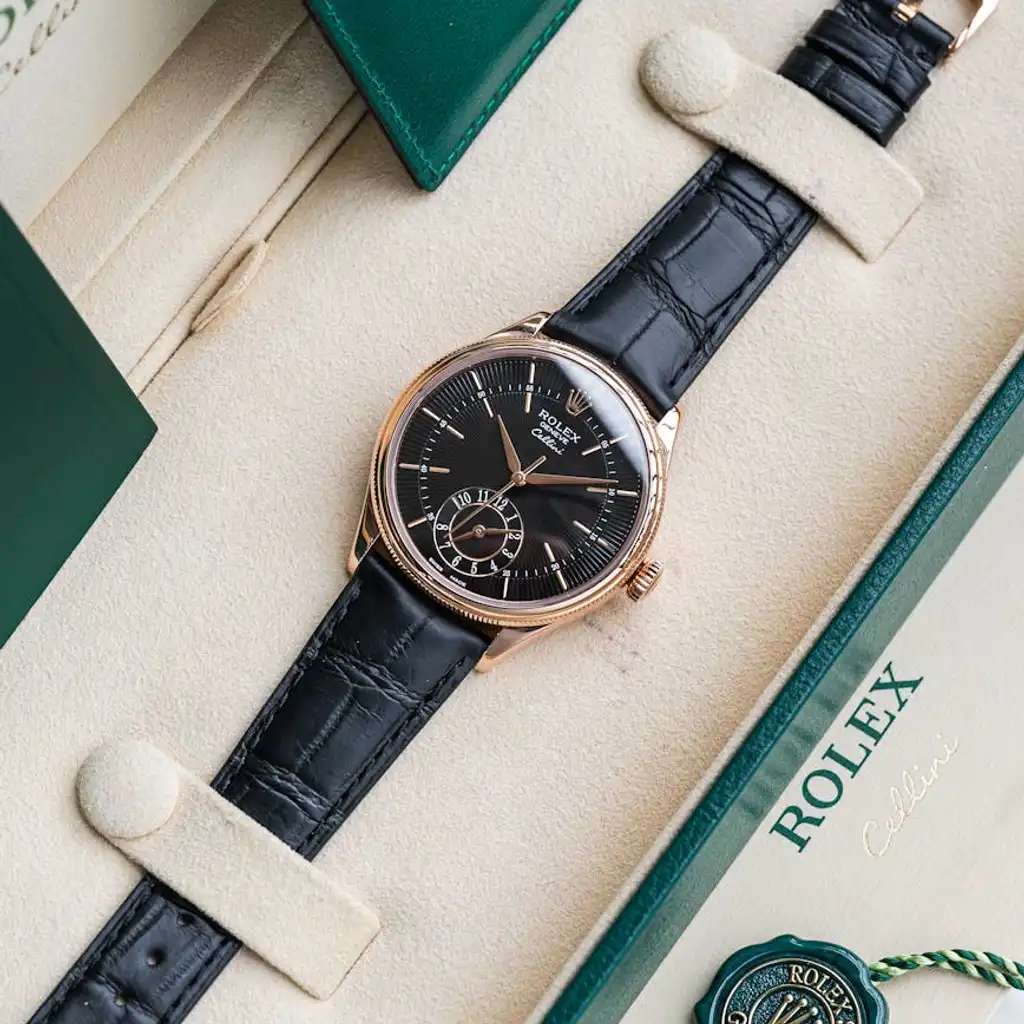Venturing into the world of meteorite collection can be an exhilarating experience for newcomers. With a diverse array of types and origins, it’s crucial to begin with specimens that are both accessible and captivating. This guide will introduce you to some of the most suitable meteorites for starting your collection, ranging from affordable to unique, each with its own narrative and features.
Recommended Meteorites for Beginners
Iron Meteorites
Campo del Cielo: Hailing from Argentina, this renowned iron meteorite is widely available. Often found in both raw and polished forms, Campo del Cielo is a fascinating addition to any collection. However, it requires maintenance due to its tendency to oxidize, typically treated with oil to prevent rust.
Canyon Diablo: Associated with the Barringer Crater in Arizona, USA, this meteorite is steeped in history. Although the main body vaporized upon impact, fragments remain and are accessible to collectors, usually in their raw state.
Aletai: This Chinese meteorite is celebrated for its Widmanstätten patterns, visible when cut and etched. Available in various forms, from raw to polished plates and spheres, Aletai offers both beauty and diversity.
Sikhote-Alin: Notable for its dramatic fall in Russia in 1947, this meteorite is characterized by regmaglypts formed during its atmospheric entry. It’s an affordable and intriguing addition to any collection.
Stony-Iron Meteorites
Seymchan: Known for its stunning olivine crystals, Seymchan is a pallasite that captivates collectors with its aesthetic appeal and rarity.
Sericho: Discovered in Kenya in 2016, Sericho is accessible and admired for its olivine crystals embedded in a metallic matrix. Available in various forms, it adds aesthetic value to collections.
Stony Meteorites
Stony meteorites are divided into chondrites and achondrites. Chondrites, the most common, contain chondrules, while achondrites lack these features and resemble terrestrial rocks.
Chelyabinsk: This chondrite gained fame from its dramatic fall in Russia in 2013, captured on numerous videos. Its accessibility and historical significance make it a popular choice.
Bechar 003: A lunar meteorite, Bechar 003 offers a piece of the Moon for collectors. Though pricier, its unique origin and texture are highly sought after.
Amgala 001: From Mars, this achondrite was formed by an impact event. Its availability in raw and polished forms makes it an attractive option for space enthusiasts.
Conclusion
Beginning your meteorite collection with these renowned specimens provides a solid foundation. Each meteorite offers a glimpse into the cosmos, adding value and intrigue to your collection. For those seeking something extraordinary, consider rare finds like Erg Chech 002 or Imilac, which hold unique stories and origins.








